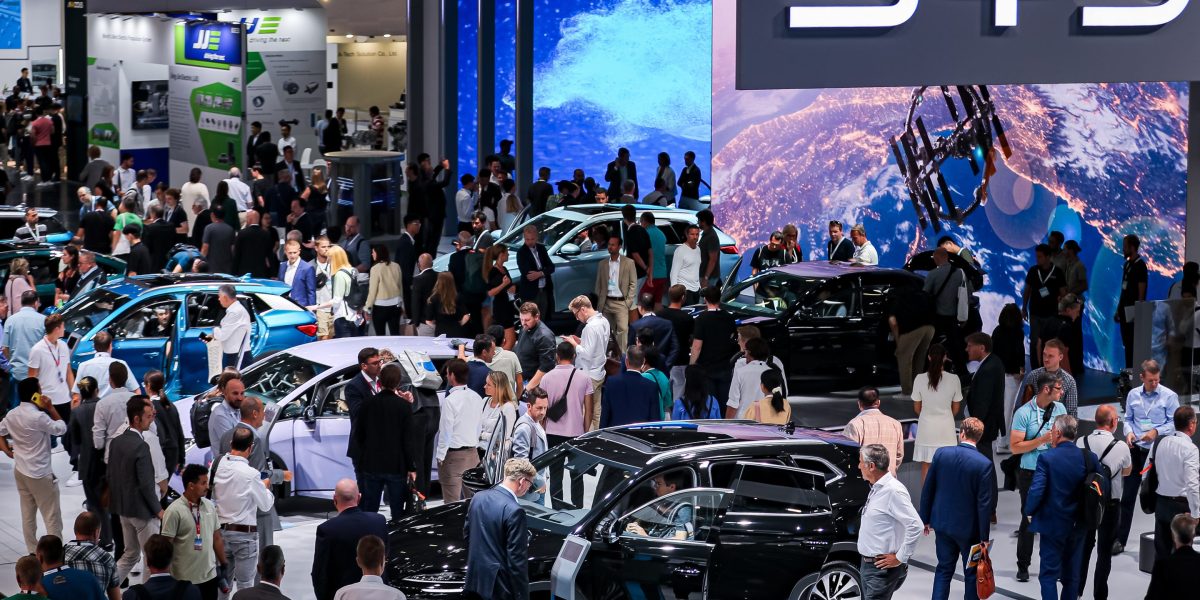When China’s BYD recently overtook Elon Musk’s Tesla as the global leader in sales of electric vehicles, casual observers of the auto industry might have been surprised.
But what’s caught other carmakers around the world off-guard is something else about BYD, which is backed by Warren Buffett’s Berkshire Hathaway: its low prices.
“No one can match BYD on price. Period,” Michael Dunne, CEO of Asia-focused car consultancy Dunne Insights, told the Financial Times. “Boardrooms in America, Europe, Korea and Japan are in a state of shock.”
BYD can keeps its costs low in part because it owns the entire supply chain of its EV batteries, from the raw materials to the finished battery packs. That matters because a battery accounts for about 40% of a new electric vehicle’s price.



China doesn’t need to subsidize the entire supply chain because the reason Chinese EVs are so cheap is literally hyper-capitalism. China has had an immensely competitive EV market for years, and they’re been getting into price wars without government intervention. That’s forced innovation at a pace that Tesla cannot match alone because they have no need to compete at such a pace. Here’s a list of national EV subsidies and their status:
In 2022, the 12600RMB consumer incentive to buy a BEV vehicle was ended. This is rather similar to Biden’s EV tax credit.
China has waived the consumption tax for the EV market, which is a tax designed to target environmentally-unfriendly products. The consumption tax is commonly applied to automobiles, but they’re being explicitly waived for the EV market for what is hopefully an obvious reason.
Currently, the tax-free allowance for an EV (the portion of an EV purchase that is not charged VAT) is 30000RMB (@13% VAT, = 3900RMB). This subsidy is being reduced in 2025 and phased out entirely in 2027. This is also rather similar to Biden’s EV tax credit.
Costs of EV charging/battery switching on the grid are borne by the government because the government manages electricity on the supply-side, including finding producers and managing distribution. This is not unusual of crown corporations in other countries.
While there are provincial incentives for companies to set up shop in one province over another, they’re smaller scale, not received support at the national level, and not unique to China (see: subsidies to Tesla for their production and to Amazon for their HQ2). The most unique element of China’s subsidy regime is the elimination of excess consumption tax in the EV market, which has created a huge marginal advantage for developing EVs over developing ICE automobiles. Importantly, that subsidy is simply reducing the excess tax charged on automobile manufacturing over that charged on typical consumption.